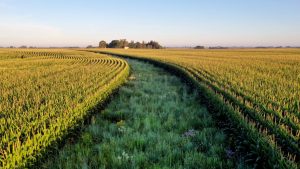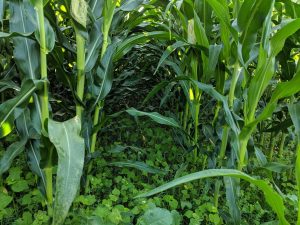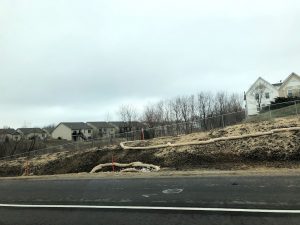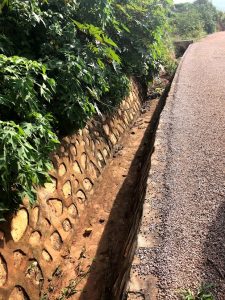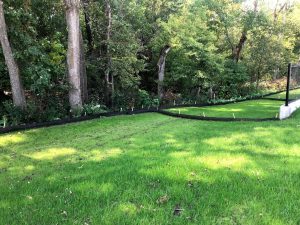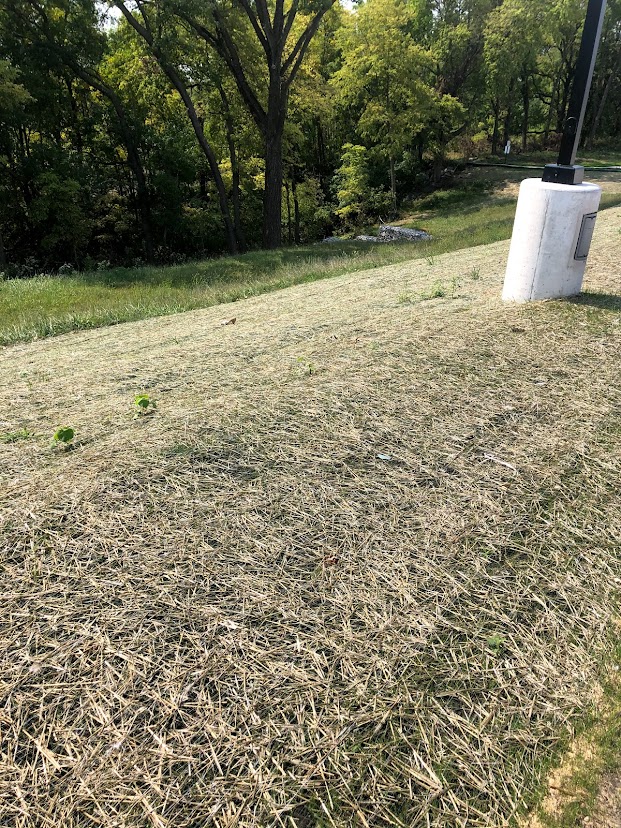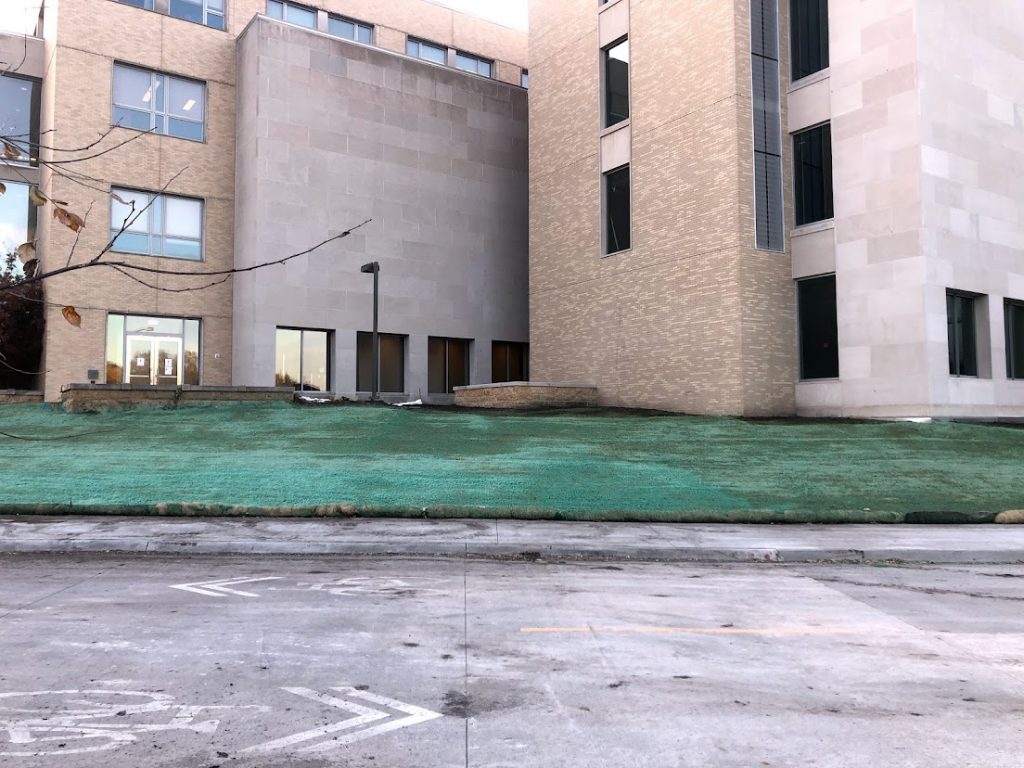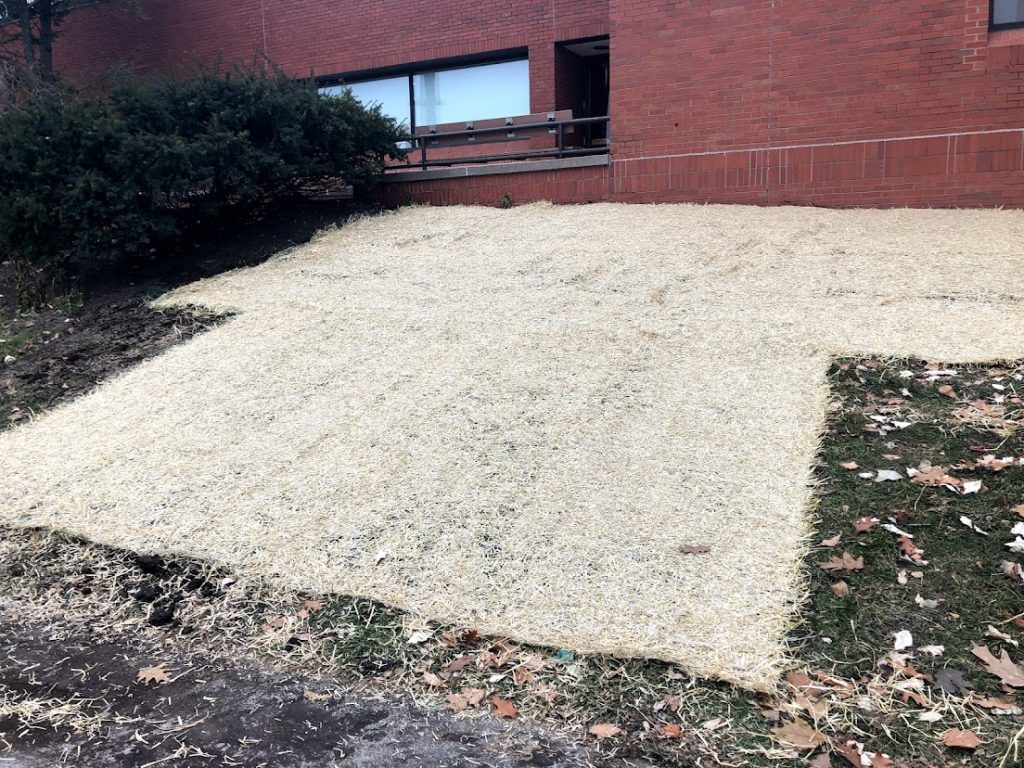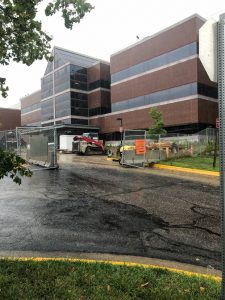Erosion control strategies
Amber Anderson
Overall
The main goals of erosion control strategies are simple-control either detachment or transport of soil. Specifics are dependent upon the situation, as what works in one location may not work for another.
Soil health
Maintaining soil health increases resilience to erosive forces. Aggregate stability-as shown in the video below, is one of the factors impacting erosion. If aggregates stay together, water erosion will only take place if there is enough force to move the whole aggregate, rather than the single particle.
Wind erosion control
Major strategies to control wind erosion include protecting the soil from initial detachment, or slowing the wind so it cannot detach or carry the sediment. These may look different depending upon the situation, but a few examples might be windbreaks, eliminating or decreasing tillage, or adding cover crops or a perennial cover.
Windbreaks
A common feature around sensitive sites, like farmsteads or high value crops, is a windbreak. Installed up-wind from the location, the area protected is approximately 10x the height of the windbreak downwind of the feature. Closest to the windbreak is most protected and protection decreases with distance away.
Water erosion
A variety of techniques can be utilized for decreasing water erosion. Main principles are the same, to control detachment and/or slow down the water so it is unable to carry the sediment.
In agricultural fields
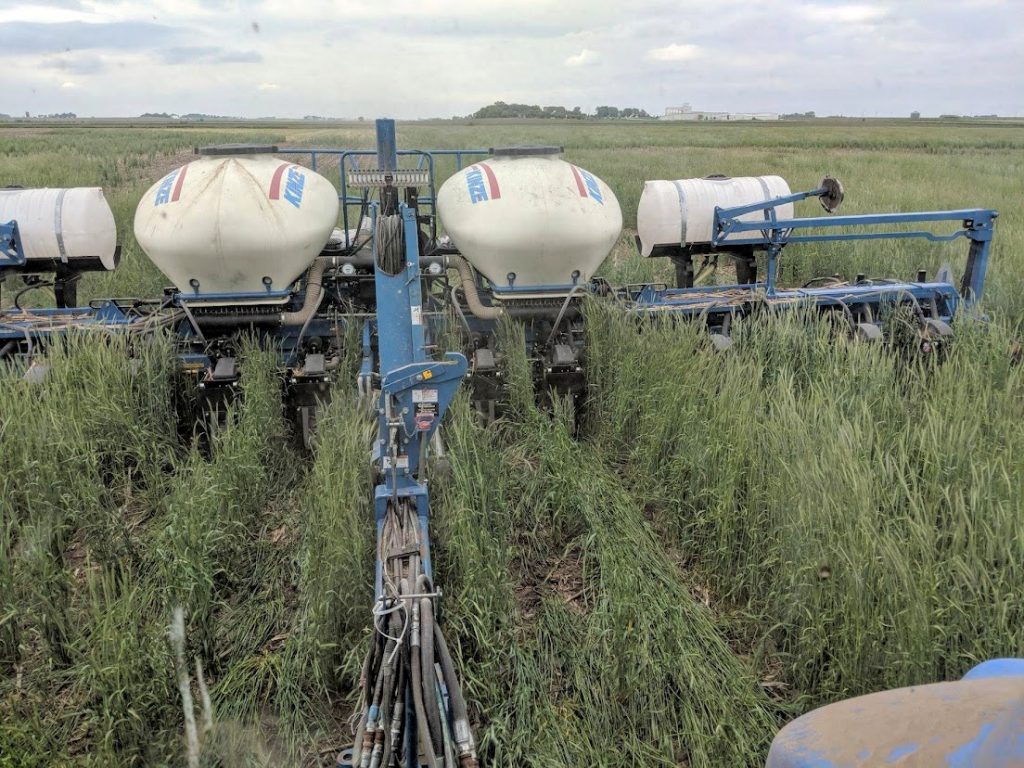
- Strips project-strip of perennial vegetation meant for erosion, water, and pollinator benefits. Photo Credit: Lisa Schulte-Moore.
- This corn has additional plant cover growing under it to protect the soil from excess erosion.
Other practices might include terraces, that break up the slope length allowing infiltration. Waterways, protecting the path of the water off the field instead of allowing rill or gully erosion.
Roads
- New construction is particularly sensitive to erosion, this disturbed shoulder off of I-35 near Ankeny is using a few techniques to control erosion-straw waddles and straw to help grass seed establishment. Photo Credit: Amber Anderson.
- This road ditch in Uganda has complete covered the area water would run with cement and rocks so it cannot erode and undermine the road. Photo Credit: Amber Anderson.
Construction sites
- As the perennial cover of grass gets established next to the new Ames High School, these black strips are used to slow water and stop sediment moving down the hill. Photo credit: Amber Anderson.
- During construction, this black bag was used to capture sediment and any other materials that would have otherwise moved into the storm sewer and water system. Photo credit: Amber Anderson.
- This reinforced mat is being used on a steeper part of the landscape while grass is being established that will stabilize the area for the long term. Photo credit Amber Anderson
- After construction of the business building addition, hydromulch was used to protect the surface and help establishment of the new grass seed. Photo credit Amber Anderson
- This mat is used to help protect the soil surface and keep seed in place during establishment. Photo credit Amber Anderson
- Runoff off of construction site on ISU campus
- Runoff off of a construction site on ISU campus

